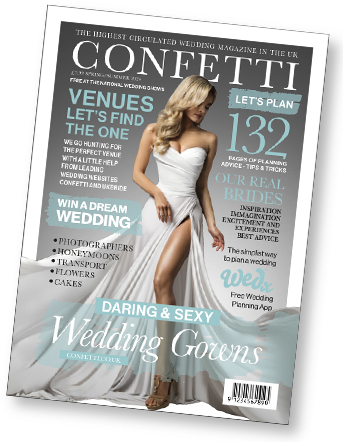Mehndi designs use intricate lattices, curves and swirls, echoing the opulence of royalty and makes brides look like true Eastern princesses on their big day. Find out the true meaning behind this ancient ritual…
Did you know?
- Leaves of the plant have been used to colour skin and hair for over 5000 years
- Henna shows up differently on every part of the body, achieving a lovely wild cherry or mahogany colour on the soles of the feet and a lighter colour on the upper arm or shoulder
- In South Asian weddings the ‘Mehndi Night’ is an important pre‐wedding function, attended by all the women relations and friends of the bride. Men are not generally part of this event. In many cultures the groom’s family sends the henna (specially prepared and beautifully wrapped) to the bride before the wedding
- It is believed that the deeper the colour of the mehndi on the bride’s hands, the stronger the love between husband and wife. Some believe that a dark colour means that she’ll be much loved by her mother‐in‐law, while others say, that it is an auspicious omen indicating being loved by the new family
- Bridal motifs include symbols of love, fertility, loyalty, prosperity and good luck
- Romantic brides embed their husband’s initials in an intricate design, which he has to find on the wedding night
- During the Hindu festival of ‘karva chauth’ each year, married women apply henna, dress up in all their finery and renew their marriage vows
- It is a custom that the bride is not permitted to do any housework as long as the bridal henna pattern has not faded. This was perhaps a way of ensuring an extended honeymoon for the couple.


